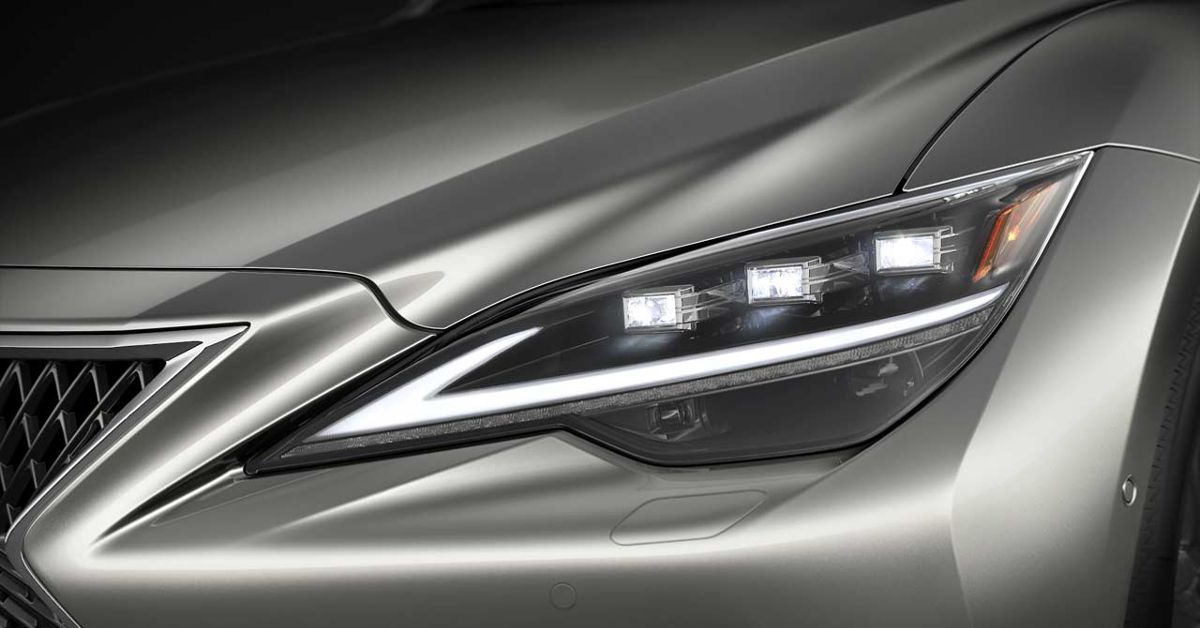You may be technically correct regarding the two terms, but I was looking at it with regards to how the average Joe would interpret them. I think most people would hear the "co" in copilot and think of it as an assistive feature. "Auto", however, implies autonomous - as in, kick back, relax and take a nap.
So what I'm saying is, if you don't know the literal definition of these terms, I think it's more likely that a person would interpret them backwards. Of course, I could be wrong about that. Just explaining my point




